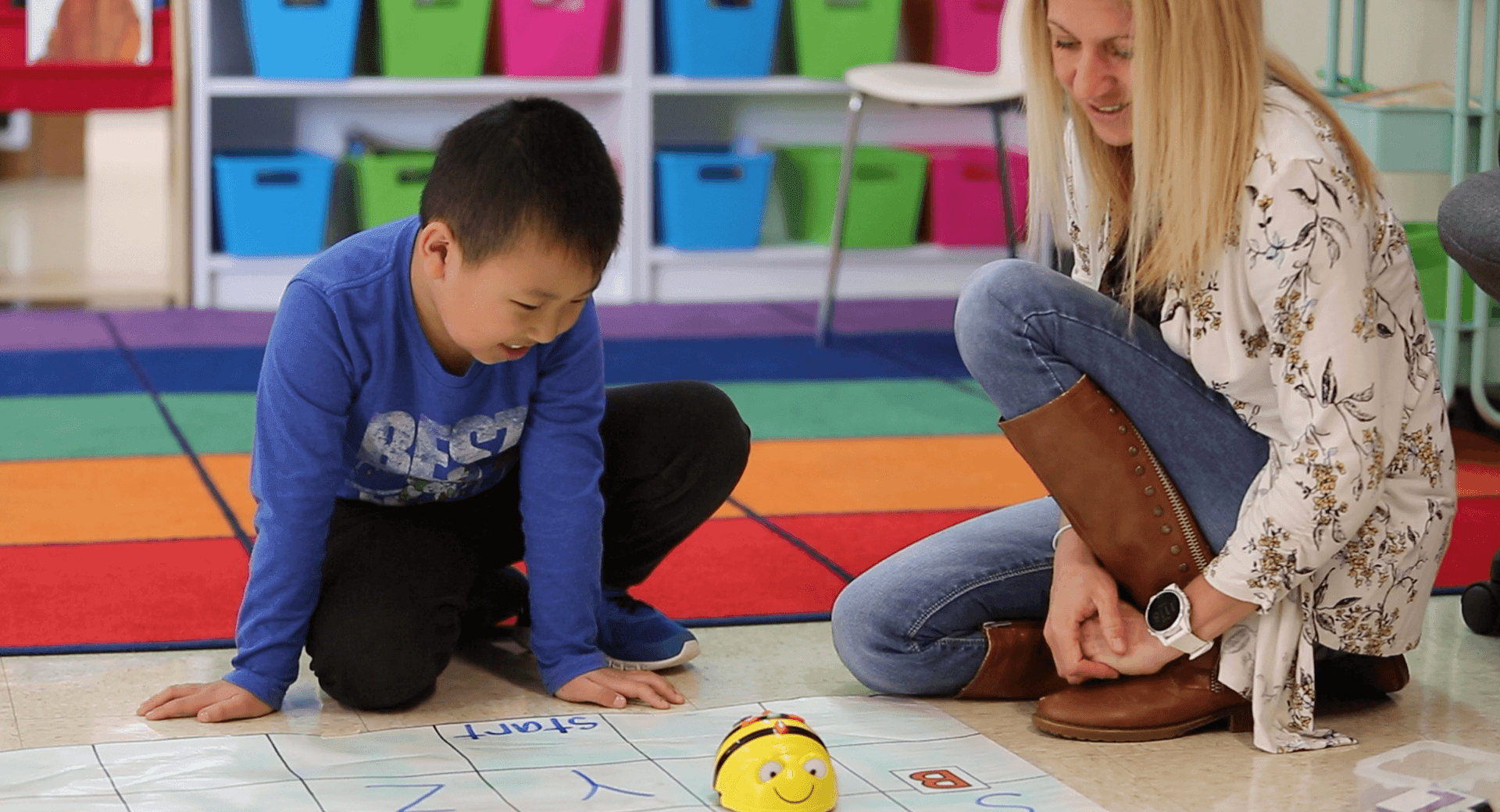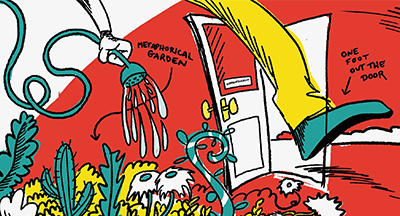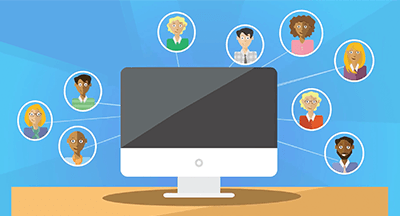On the Road with Lauren: Can Kindergartners Learn to Code?
BY Lauren Gilchrist
We know early childhood is prime time for teaching new skills, ideas, and languages. But are kindergartners ready for computational thinking, problem solving, and coding?
Our team took a trip to West Bend, Wisconsin, to visit a district that presented their approach to early childhood education at ISTE, supporting the claim that yes, a kindergartner can learn to code. Check out the video!
So, what does developing computational skills at the elementary level look like?
No screens(?!)
If you think teaching STEM without screens sounds counterintuitive, you’re not alone. When I arrived at West Bend, I expected to see kids at desks, staring at computers as they played coding games. Not so.“Every child, whether they’re literate or not, can code, if you think about it.”
Renee Wilberg, Fair Park Elementary teacher
In the first classroom we visited, the second graders split into small groups to program robots, which traced shapes taped to the floor. What I expected to see occurring on screens was happening in real life all around me. Dash the robot turned, flashed, and drove around the room—programmed by second graders.
Later that afternoon, kindergartners taught me to use markers to draw paths for Ozobots. “That won’t work! It can only read thick lines,” one student corrected me as I drew my first shape. They continued to explain how putting different colors together would direct the Ozobot to make a U-turn or do their favorite maneuver: the tornado.
The scenes I described aren’t unusual. In fact, students are learning STEM topics without electronics in many settings. Educators are incorporating (and being inspired by) music, art, and other pattern-based activities to form the very basic building blocks for problem solving.
The trick is to break down the concepts behind coding, rather than setting kids up to learn JavaScript or HTML right off the bat. Components of computational thinking—including algorithms, sequences, loops, branching, chunking problems, asking questions, and much more—are the building blocks for teaching kids to think like computer programmers. These concepts can be achieved in everyday activities in the classroom, no screens or expensive tech required.
Blended subjects
The Ozobots were a great example of how computational skills can be taught in tandem with other subjects—in that particular instance, art. Another example I saw was also at the kindergarten level. The students and their teacher gathered around a large piece of paper on the floor. At one edge of the paper was an adorable Bee-Bot. At the other end, they put a jar of honey and a picture of a hive. Then they placed a few flowers on the paper, which the students had colored earlier. Next, the class talked about the work of bees: pollinating flowers and making honey. After that, it was time to program the bee! The kindergartners took turns laying blocks, which outlined the path they wanted the bee to take: the path stopped at flowers before making its way to the hive. The students created and measured the path, entered these numbers to program the bee, and off it flew (well, more like rolled). They were so excited to watch it journey (as was I). And their teacher had incorporated science, art, math, and programming into one short 20-minute lesson.
“The skills that they’re learning can really apply not only to academic areas, but their everyday lives as well.”
Lindsey Sauter, Green Tree Elementary teacher
Collaboration, problem solving, and perseverance
“Then you just debug,” they reassured me. Their teachers had incorporated important lessons about collaboration, problem solving, and persistence through real-life, hands-on activities.
Tim Harder, West Bend Director of Technology
Engaged, future-ready students
One of the biggest takeaways I left West Bend with was how hands-on coding got students excited about learning. They were so focused, so engaged in what they were doing, while learning skills that will prepare them for life in today’s tech-heavy world. Throughout my entire day, I never saw one student off task. Not one!In addition, more than one teacher told me their students’ parents had reached out to them asking for information about the robots, because their kids had asked for them for Christmas.
There’s so much more to learning computational thinking skills than sitting in a computer lab. Early learners can use their entire bodies in their studies, free to wiggle and move about the room, while growing their minds and learning skills that will help them in the future.
Follow up resource: A free eBook for your students!
Brett and Yvette love solving puzzles with their robot friend, Cody Point Two. But without the right commands, in the right order, Cody won't know where to go or what to do! Can the twins program Cody so she can join in on the fun? Check out the eBook!WHAT'S NEXT FOR YOUR EDTECH? The right combo of tools & support retains staff and serves students better. We'd love to help. Visit skyward.com/get-started to learn more.

|
Lauren Gilchrist Blogger, Traveler, and Video Talent |
Lauren enjoys visiting school districts and spreading the word about creative, non-traditional approaches to universal challenges. Follow her for on-the-scene education journalism (with a little fun sprinkled in).




